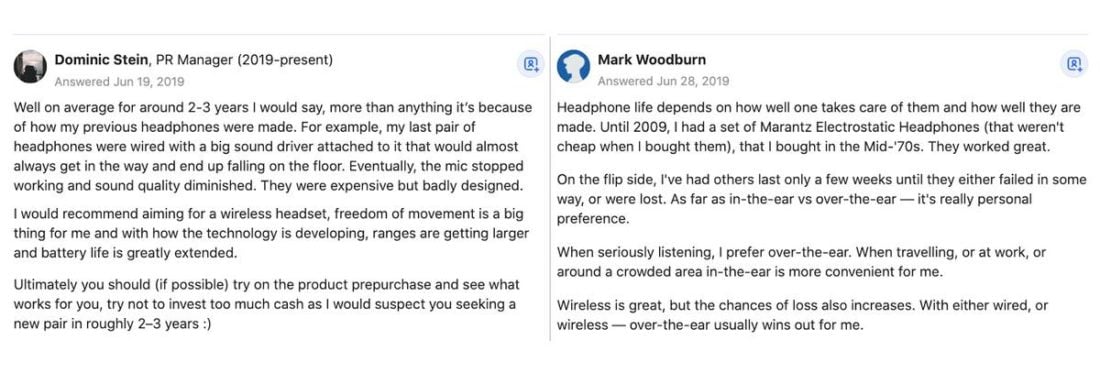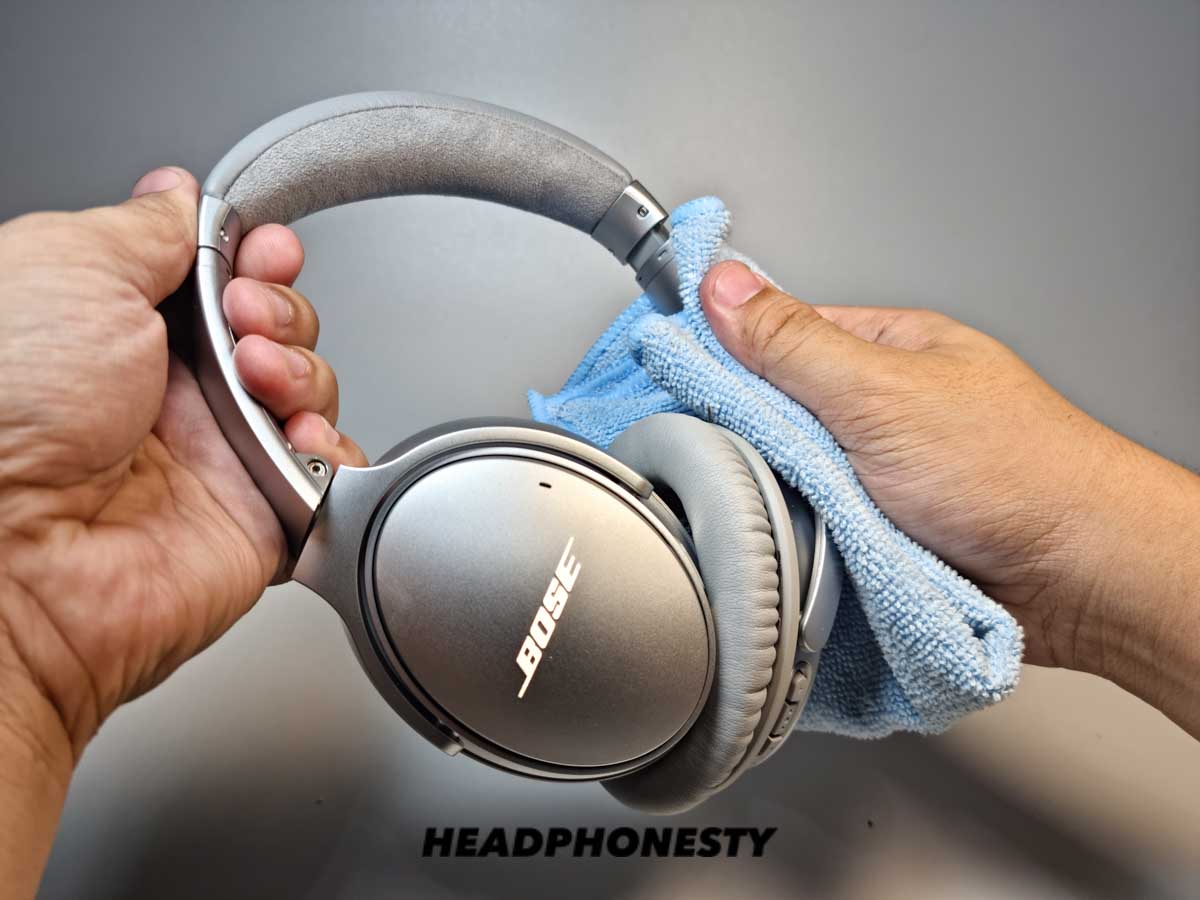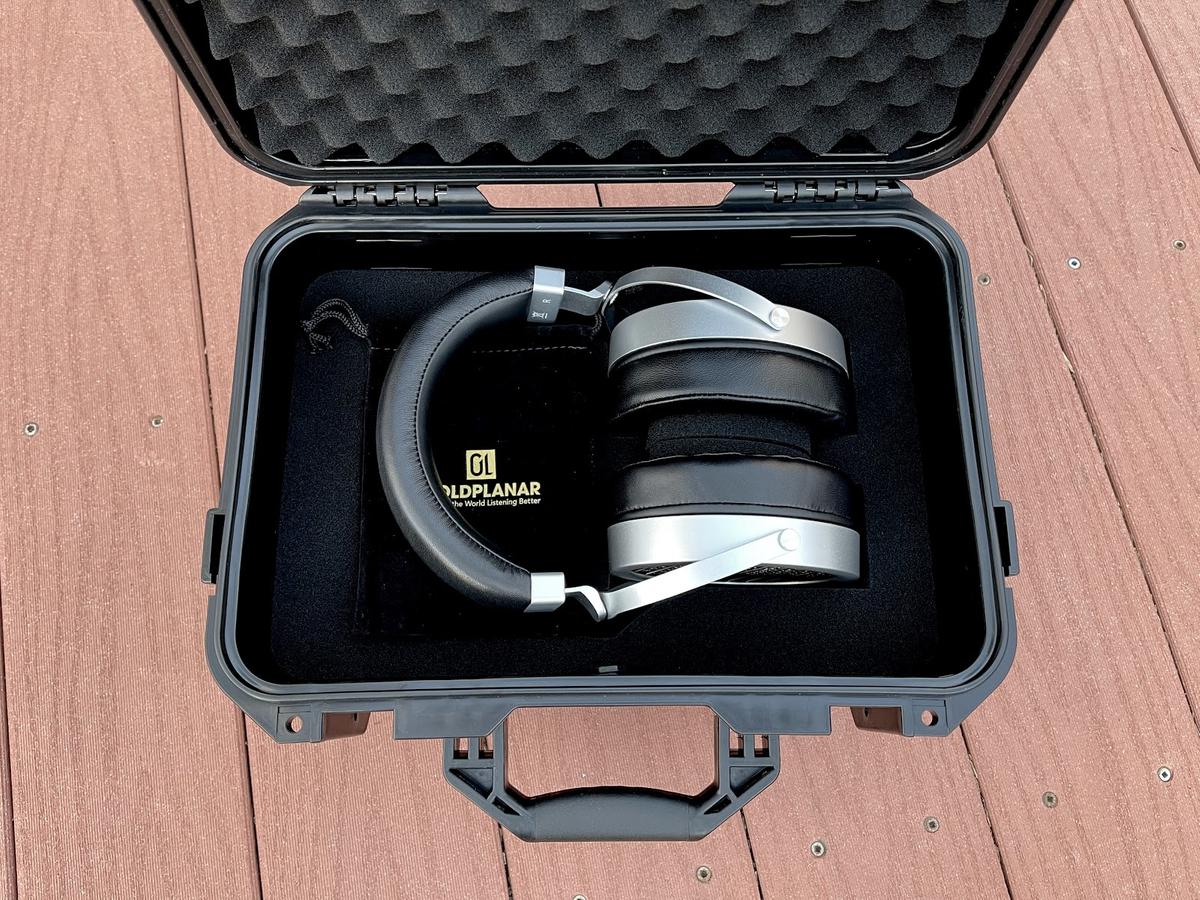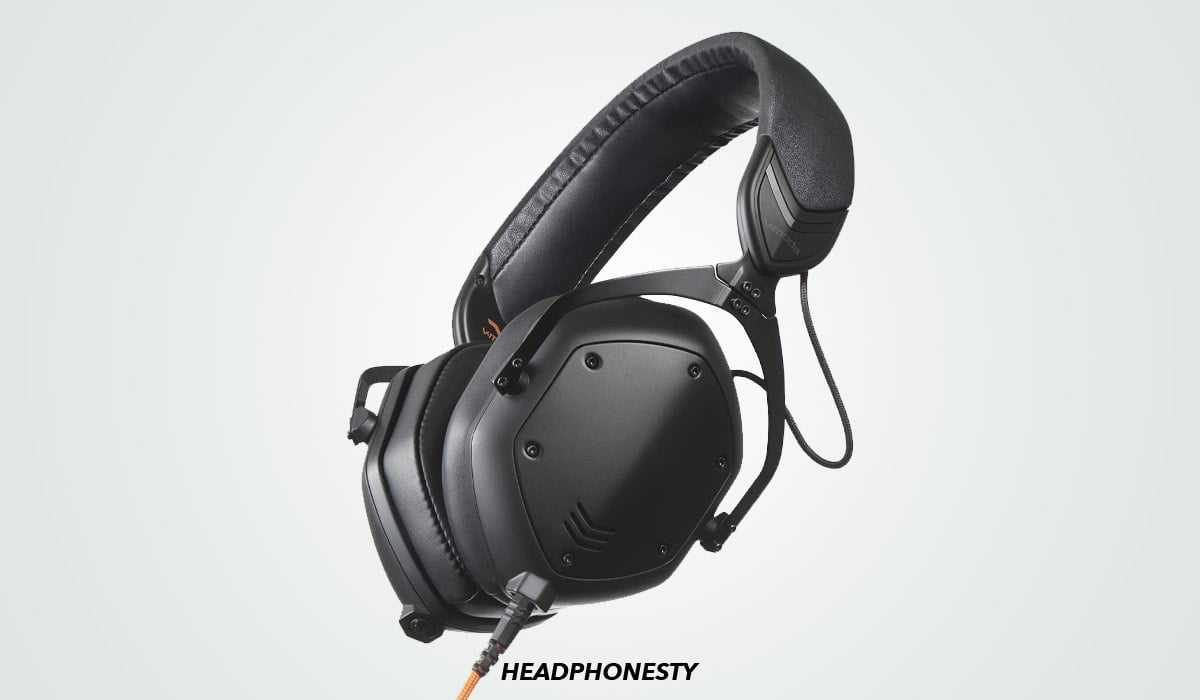So you’ve finally discovered the right headphones that look and sound amazing. But there’s one caveat – they’re not exactly cheap. Naturally, you’re hoping to enjoy them for as long as possible, if only to get your money’s worth. But with your active lifestyle, you’re starting to wonder if these headphones will stand up to the rigors of everyday use. To complicate matters, the reviews have little to no information about their lifespan, and the product description is full of marketing jargon. You ask yourself: is the price equivalent to your headphones’ lifespan? Or are you setting yourself up to be robbed? Fortunately, this article contains all you need to know about how long headphones last. Plus, some tips on how to properly care for your headphones so you can enjoy them without worry.
How Long Do Headphones Last?
There’s no exact expiration date for headphones. How long headphones can last can range from a few months to decades, depending on many different factors including the brand, model, type of headphones, their usage, maintenance, and storage. For instance, a lot of high-end headphones use planar magnetic or electrostatic drivers, which usually cost more and deliver higher fidelity audio with less distortion. However, while these factors add to the cost, they have little bearing on the headphones’ overall lifespan. Sometimes, you pay more for the brand name and other advanced features – not necessarily for better build quality. It is certainly possible to find headphones of decent build quality with a good lifespan, even on a budget. Another example, Beats by Dr Dre may be a popular brand of headphones, but their flimsy plastic build and poor durability don’t seem to justify their high prices. On the other hand, the far less pricey FiiO EH3 NC sport thick, matte plastic for their main body frame, yet feel surprisingly sturdy when held. The following excerpts perfectly demonstrate how the headphones’ user experience and their lifespan can differ greatly from one listener to another:
3 Factors That Affect Your Headphones’ Lifespan
As mentioned before, a combination of different factors can affect your headphones’ lifespan. Let’s go over them in detail below.
1. Build quality
Build quality is a major determinant of a headphones’ lifespan. It reflects the sturdiness of the design – how the various components and types of materials used are assembled together. The two main structural components of a pair of headphones are its headband and paddings. The headband, which helps to hold the headphones atop your head also houses wiring that connects one speaker to the other. The paddings, on the other hand, help to cushion your ears against hard components like the speakers. Their design also helps to isolate noise and block out interference. With that in mind, here are some aspects of their build quality that you should pay attention to:
Materials Stability of hinges Warranty
Materials
The type of materials used in the headband and paddings are often a reliable indicator of the headphones’ overall build quality. For one, if the material used in the headband is not flexible or strong enough, it can get bent out of shape from repeated use. This deformation can affect the internal wiring and result in the degradation of sound quality and fit. Conversely, a good headband is usually built from a steel frame or made of heavy-duty plastic. These materials are less prone to breakage, can flex under tension, and typically last longer. On the other hand, since they’re in constant contact with your skin, the choice of padding material is critical to both function and comfort. Some paddings use memory foam with a protein leather coating, which, like synthetic leather, is susceptible to wear and tear. It can peel, crack and even smell if not cleaned regularly. This can degrade the ear pads’ sound insulation and negatively impact your audio experience as well. Paddings made of authentic leather may cost more, but they are less porous which protects against damage from dirt and sweat.
Stability of hinges
This refers to the headphones’ connecting/moving joints, such as the adjustable parts of the headband and the screws in the swiveling earcups. Because these joints hold together important components like the speakers and headband, they are integral to the overall functionality of the headphones. If they are poorly constructed or become unstable during use, it could compromise the headphones’ overall performance. For instance, some headphones have swivel, fold-up features, or utilize snap-in locking mechanisms in their design. Each movement should feel smooth and unobstructed in headphones with good build quality. If you notice the hinges getting unintentionally stuck from time to time, or if they feel too loose or squeak every time you adjust the headband, your headphone is poorly built and likely won’t last.
Warranty
A good warranty won’t just give users more coverage in case of malfunctions. This also shows the manufacturer’s confidence that the headphones are of good build quality and will perform according to certain specifications. Although warranties don’t cover the entire lifespan of a product, they can help protect your headphones from defects in materials or workmanship for at least the first one to two years. Some brands like Jabra or V-MODA even offer longer warranty terms of up to three or five years for select models. However, a standard warranty usually only covers manufacturing defects and not normal wear and tear. But, there are brands that also offer coverage even for user-caused damages. For example, all Beats headphones come with a standard one-year limited warranty. However, Apple gives customers an added option to buy AppleCare+ to extend coverage to two years. This can include two incidents of accidental damage protection every 12 months for a small service fee.
2. Usage
No matter how great the headphones’ build quality is, they are bound to break with rough and careless use. For example, constantly pulling the cord instead of the plug to disconnect them can damage your headphones. It destroys the wires, affecting their conductivity, and can even cause the audio jack to bend. The operating environment also affects how long your headphones might last. Using headphones outdoors or in construction can expose them to dust and rain. Dust can clog the earbuds and rain or water may damage the internal drivers of headphones. Moreover, if you work out with headphones, sweat and moisture can accumulate and wear out the paddings.
3. Maintenance
Proper and regular maintenance is a deciding factor of any headphones’ longevity. Even high-end headphones need regular maintenance and care if you want them to last as long as possible. Here are some important things you should start doing for your headphones:
Clean them after use
Learning how to clean your earphones properly can help prevent the buildup of dirt, oils, and lint. If left unattended, these can block the internal electronics, affecting sound quality. Worse, the accumulation of moisture could lead to corrosion and turn unhygienic, possibly becoming a source of ear infection.
Store them in a safe place
You should consider investing in a headphone storage case, particularly those with hardshell cases. Unlike throwing them into a backpack without any protection, a hardshell case can keep your headphones from getting damaged due to accidental drops. It also prevents your headphones wires from getting twisted and entangled with your other belongings. However, if hard cases are not appealing for you because of their size, you can consider investing in at least a soft carrying pouch for dust and scratch protection.
Moderate the volume
Besides being bad for your hearing, playing audio at excessive volumes for prolonged periods can fry the voice coils in your headphones which help to move the diaphragm that produces sound. Moderate your listening volume to comfortable levels to keep your headphones and hearing intact.
Recommended Durable Headphones
Despite the possible pitfalls that can cause headphones to fail prematurely, there have also been advancements in manufacturing quality. Brands have delivered exceptionally robust headphone models that combine premium build quality with amazing audio in recent years. From our most durable headphones buyer’s guide, these are the top two headphones that have great build quality.
1. V-MODA Crossfade M-100 Master
The V-MODA Crossfade M-100 Master use a SteelFlex headband, which is virtually indestructible. These can bend flat more than 10 times, making the metal frame solid and durable. The M-100 Master’s cables are also reinforced with aramid fibers, a synthetic material used in body and vehicle armor. This greatly reduces the likelihood of knotting or twisting wires damaging the headphones.
2. Jabra Steel
The Jabra Steel industrial strength headset is PC and ABS plastic and covered with an impact-resistant layer of silicone rubber. Made for trade workers, it can withstand the toughest working environments like construction. With an IP54 compliance rating, it is partially protected from dust and multi-angle water exposure. Plus, stamped with a 5-year warranty, the Jabra Steel is guaranteed to last.
Conclusion
Like all good investments, everyone wishes that their favorite headphones can last forever. When it comes to durability, however, even the best models have a limited lifespan. Hopefully, this guide has equipped you with the important do’s and don’ts to care for your headphones and make them last for as long as possible. You’ll be more aware of handling your headphones with care. The next time you finish using your headphones, you’ll remember to clean them to prevent oils and dust from building up. So now, you can be the envy of your friends and share your knowledge and tips with them. Did you find the above information useful? Do you think there are other factors that we might have missed? Send us your comments below because we’d love to hear from you.




